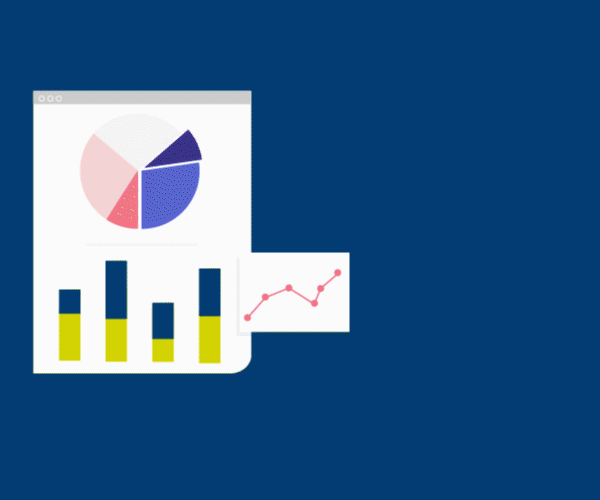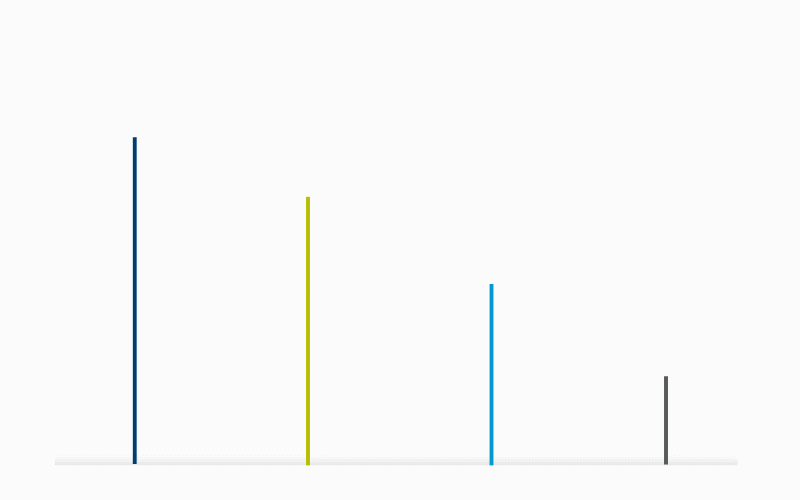

![]()
Organizations that segment analytics projects by priority see better acceptance and engagement.
![]()
Over xx% of the respondents completed up to xx analytics projects in 2018. Other organizations have initiated analytics programs to further their business objectives.
![]()
Data visualization has the strongest impact on program effectiveness. It offers visual insights that power decision-making.
![]()
Most organizations have a separate analytics department dedicated to drawing business-level insights from available data.

Core component of decision-making within our organization
Used extensively for decision-making within our organization
Peripheral component of decision-making within our organization
Only leveraged occasionally




![]()
Organizations use a mix of measures to capture the value of their efforts and manage their ongoing analytics programs.
![]()
Change
Management
![]()
Performance
Management
![]()
Program Tracking
& Monitoring Tools
![]()
Customer
Satisfaction
![]()
Stakeholder
Satisfaction
![]()
Cost/Benefit
or ROI
![]()
Output Utilization
or Consumption
![]()
Prediction or
Model Accuracy